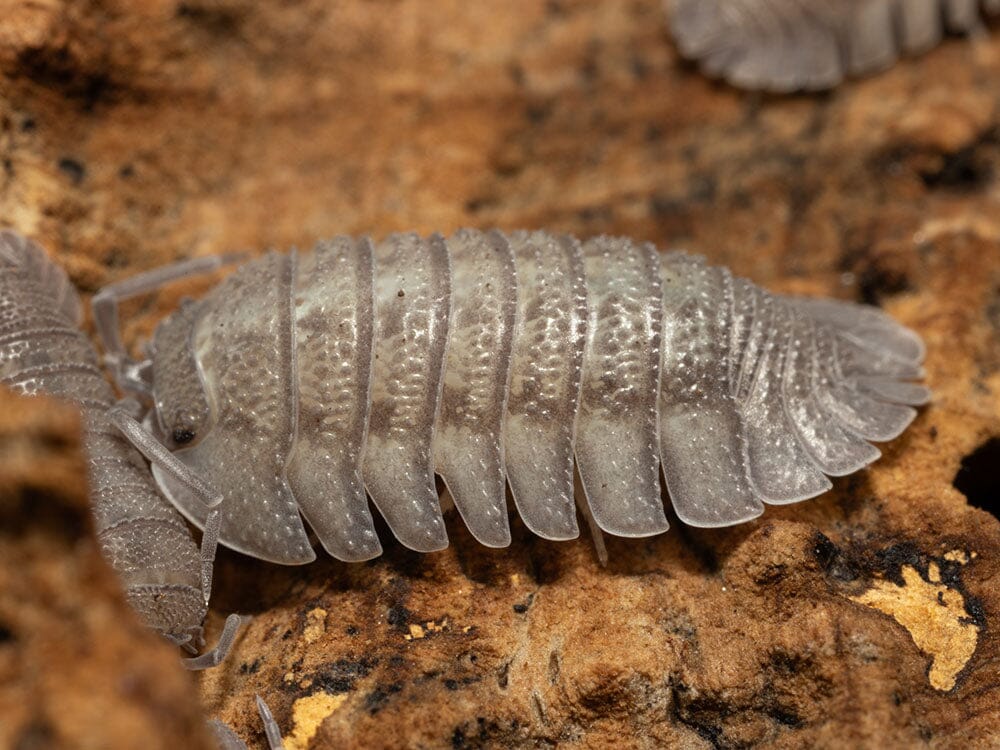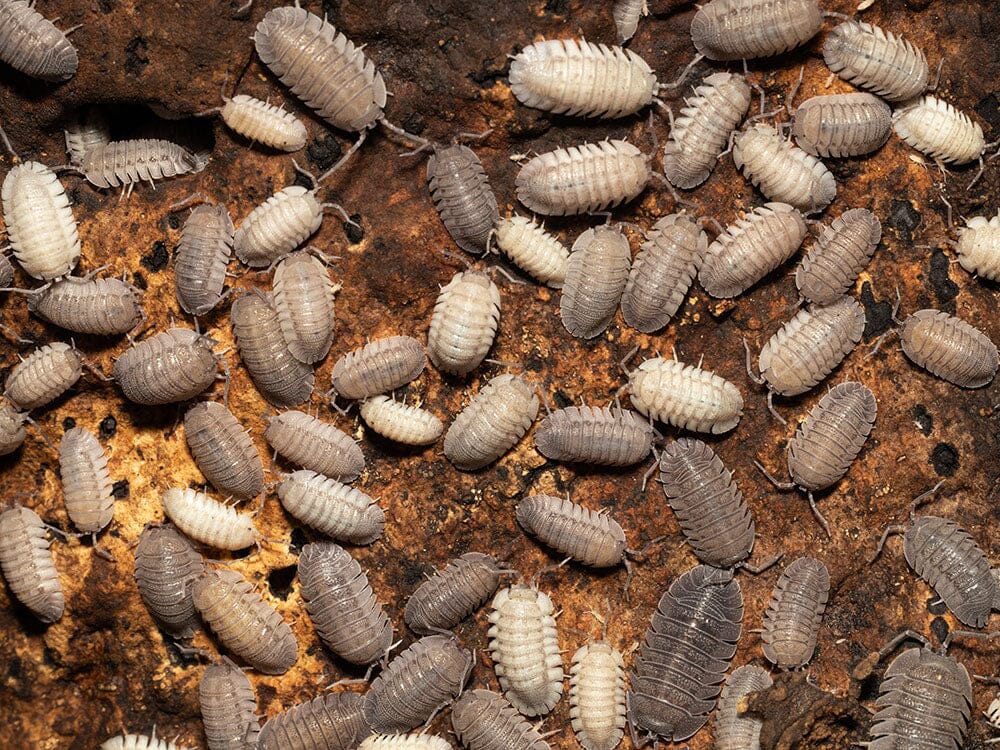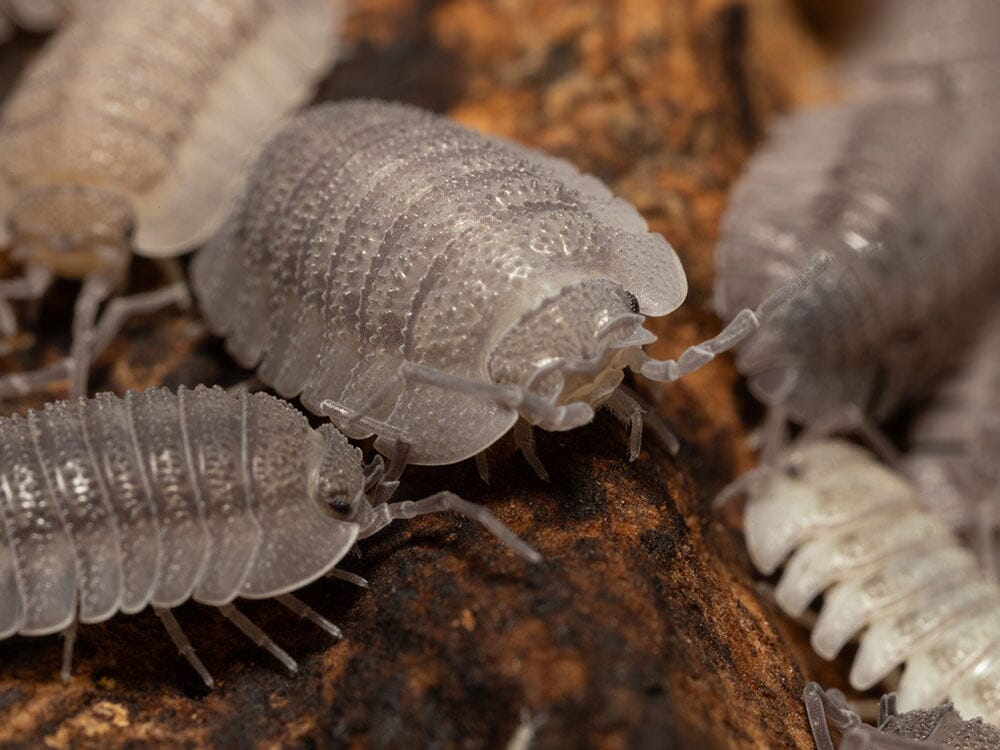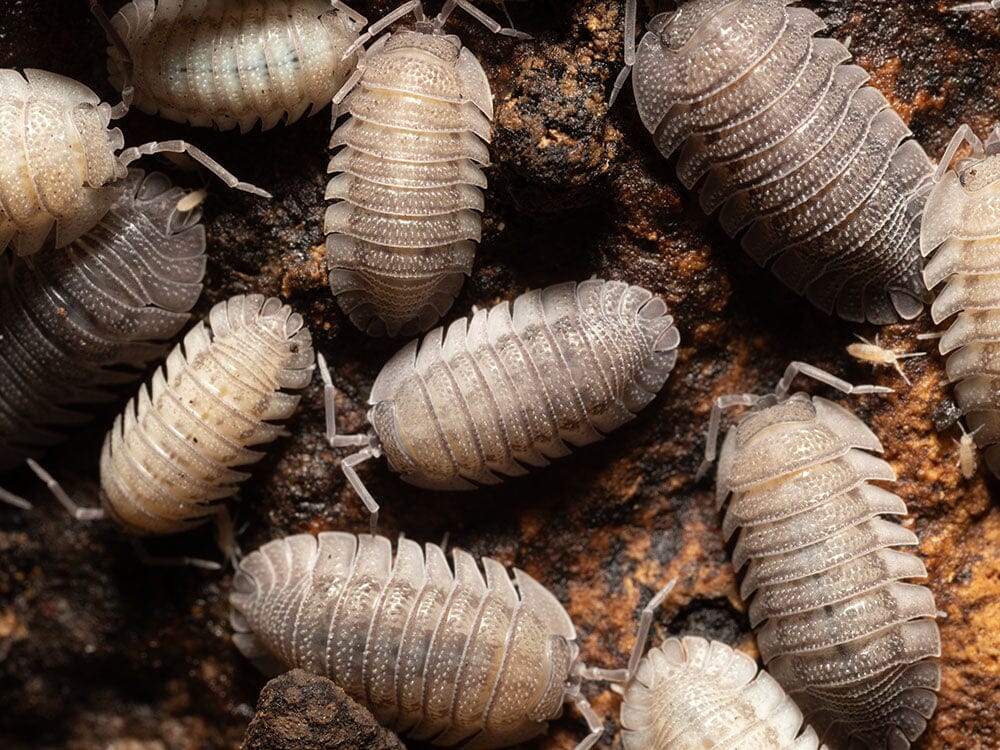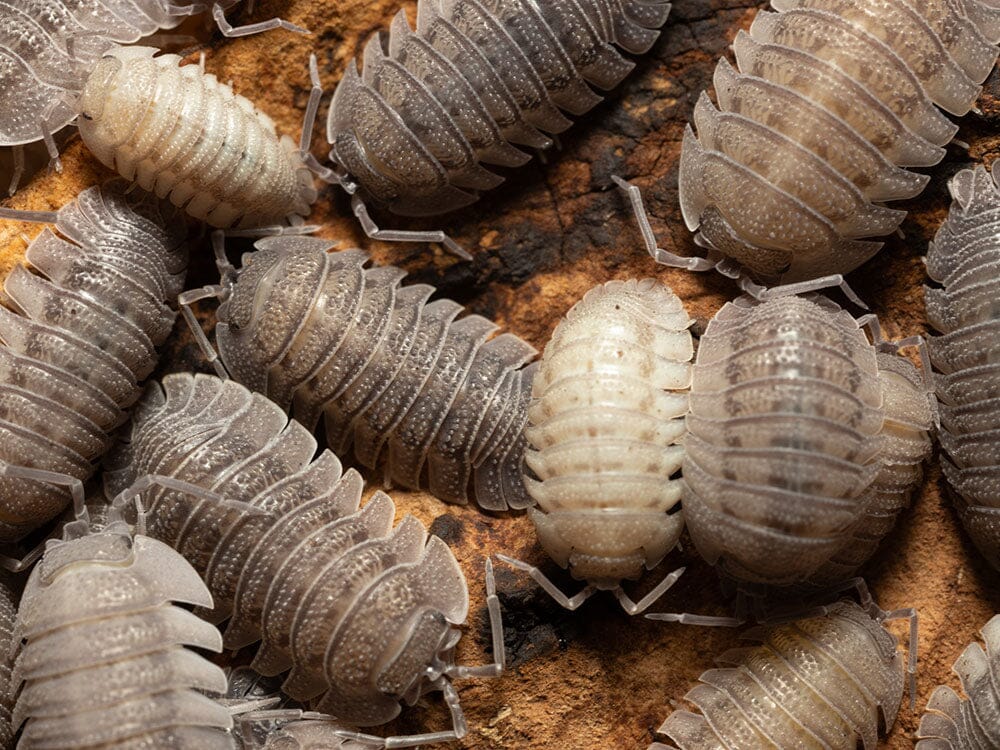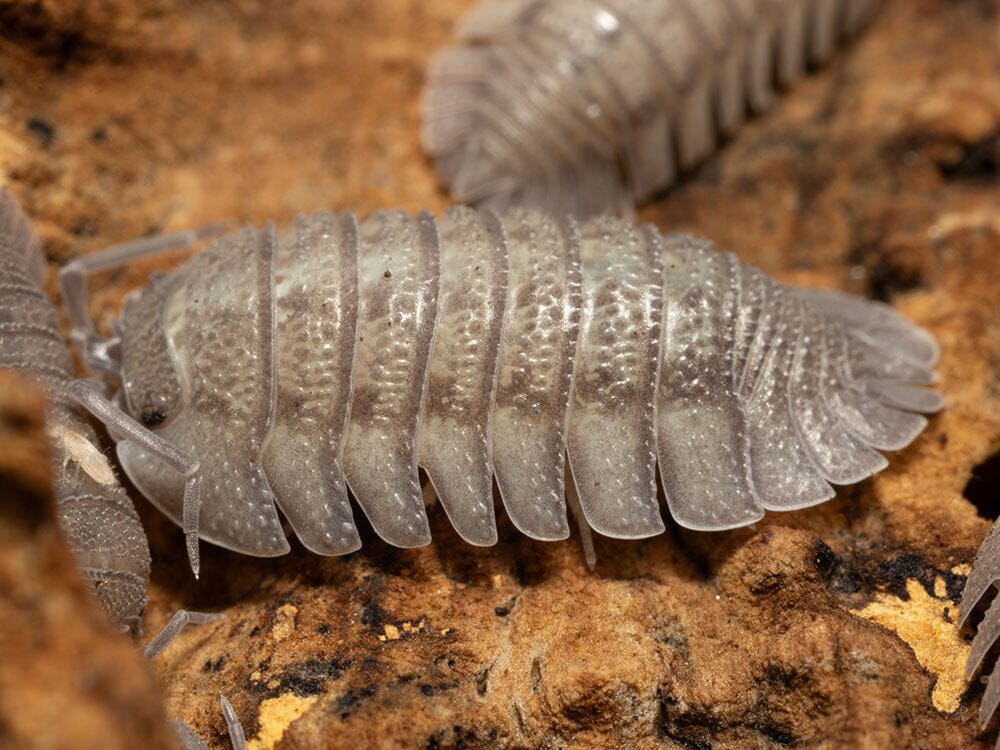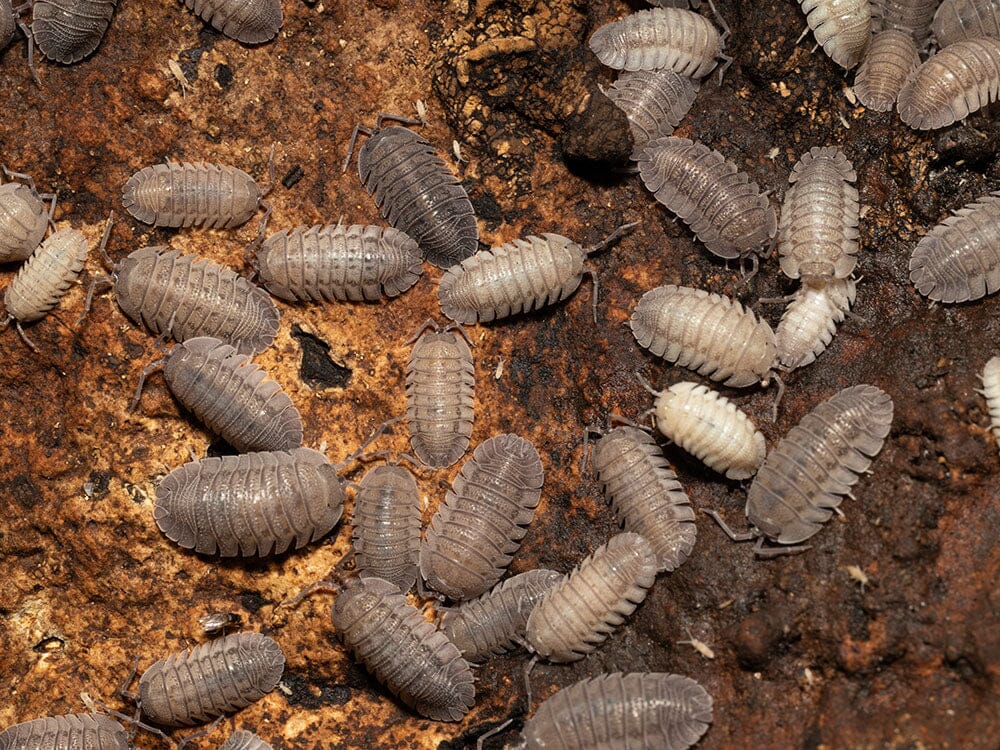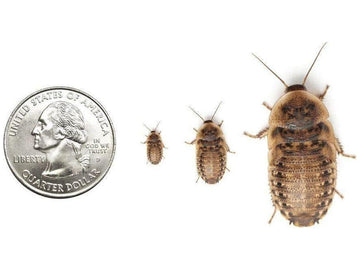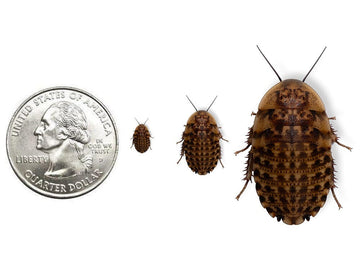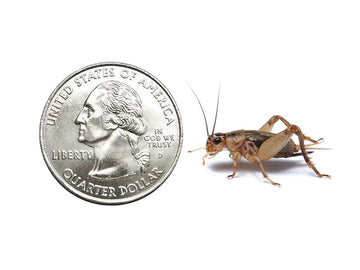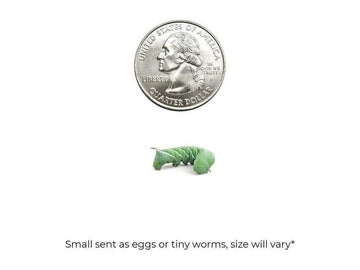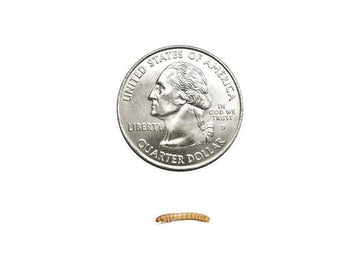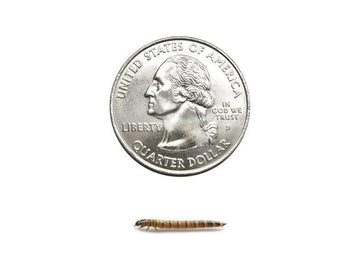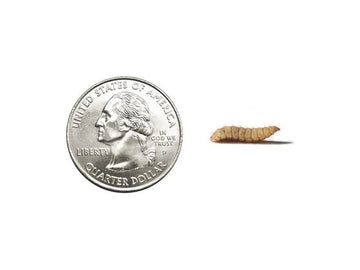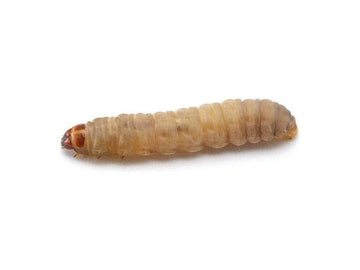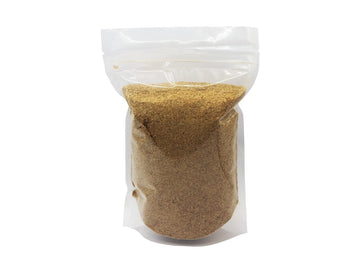"Rough Roly Poly" isopods (Armadillidium peraccae)
"Rough Roly Poly" isopods (Armadillidium peraccae)
Couldn't load pickup availability
The Armadillidium peraccae "Rough Roly Poly" isopods are a fascinating species known for their rugged exoskeleton and excellent adaptability. Unlike smoother species like Armadillidium vulgare, these isopods have a rough, textured appearance that enhances their natural camouflage. Their coloration ranges from shades of gray, brown, and tan, often featuring mottled or speckled patterns that blend seamlessly into their environment.
As efficient decomposers, Rough Roly Polies play a vital role in breaking down organic matter, making them a valuable addition to bioactive terrariums and vivariums. When threatened, they exhibit classic volvation behavior, rolling into a tight protective ball to deter predators.
Key Features:
- Quantity: 10 Count
- Locale: Native to Mediterranean regions
- Size: Grows up to 12"15 mm (0.5"0.6 inches) in length
- Coloration: Shades of gray, brown, or tan with speckled/mottled patterns for camouflage
- Care Requirements: Prefers moderate humidity (60%-70%) with good ventilation and a well-draining, naturalistic substrate
- Diet: Omnivorous decomposers, feeding on decaying leaf litter, organic debris, and supplemental vegetable matter
- Behavior: Primarily nocturnal, highly active at night, and capable of rolling into a ball for protection
- Ideal For: Bioactive vivariums, terrariums, reptile/amphibian cleanup crews, or as a unique isopod species for collectors
With their rough texture, hardy nature, and efficient waste-processing abilities, Armadillidium peraccae "Rough Roly Poly" isopods are an excellent choice for bioactive enthusiasts and collectors alike. Whether you"re looking to enhance your terrarium"s ecosystem or expand your isopod collection, these fascinating creatures provide both functionality and visual interest.
